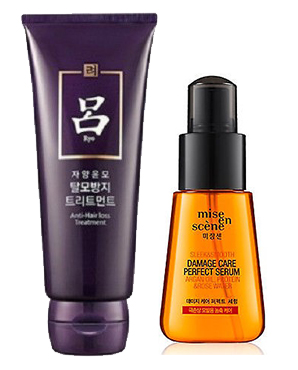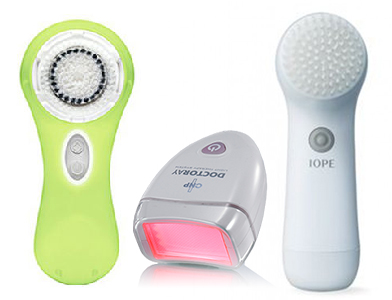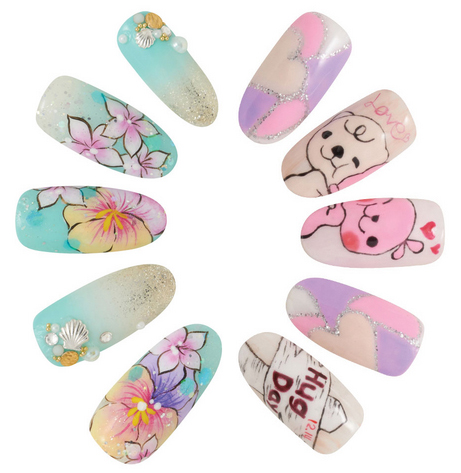With its 51 million consumers, South Korea belongs among the most sophisticated and fastest moving markets for beauty products worldwide. Most recently, South Korea is looked at by multinational beauty companies as an inspiration for trends that will come to the West. Whether it is Asia’s interest in Korean drama series stars, U.S. women’s appetite for Korean skin care regimens, or the raving beauty of K-Pop stars -the trends coming from this country are popular and undeniable. While inspiring the world, local brands within their country’s borders are biting off a slice of the market share from international brands.

In 2014, South Korean player Amore Pacific posts solid growth, surpassing L’Oréal and becoming the number one company in the salon hair care arena. Moreover, the strongest growth occurring within hair care products, such as shampoos and conditioners, reveals an increasing demand for hair treatment procedures in the South Korean salon market. In particular, scalp care posts double-digit growth at around 13% in 2014. Coloring remains in vogue while texturing has slowed down, and these trends are expected to continue in the near future, according to recent findings from our imminent 2014 edition of Salon Hair Care: South Korea Market Analysis and Opportunities.

Local brands and global brands contributed almost equally to the total sales for the South Korean at-home beauty devices market in 2012 with over 30 local marketers offering at-home beauty devices, including some of the major cosmetics companies, such as Amore Pacific, LG, and CNP Cosmetics back then. Several local marketers and manufacturers, such as Aurora S, A Won Corporation, and Pucheon Electronics, have started redesigning their products, seeking new technologies in light/heat devices including visible light therapy, laser therapy, and radio frequency technology to catch up with their international counterparts. As mentioned in our report, in May 2013, L’Oréal launched Clarisonic’s vibrating cleansing device in South Korea to fit Korean consumers’ needs. See what has changed on the market with our new edition of Beauty Devices: South Korea Market Analysis and Opportunities, which will explore the dynamics of this imperative market.

Local brands in the South Korean professional nail care market are also gaining market share over foreign brands as they improve the quality of their products and offer them at lower prices. Although growth of the market staggered, affected by the slowing down Korean economy, as well as a new government policy related to nail salon licenses, which limits the number of new store openings, the market is picking up on global trends and creating its own, driven by Korean art, fashion, and culture. For instance, gels continue to gain a larger market share while nail polishes decrease as the charge for a gel service drops from 200-300% higher to only 50-100% higher than a polish service, finds recently published Professional Nail Care: Global Market Brief. Sourcing from original Korean fashion, three-dimensional, floral decorative motifs, as well as texture experiments, are all part of this vital and inspiring market.
As we see many ongoing opportunities in South Korea, in 2015, we’re planning a new study to curate the latest beauty trends and developments in this vibrant market. To find out more, please contact us.
Written by Vera Sandarova, Marketing Manager Kline

